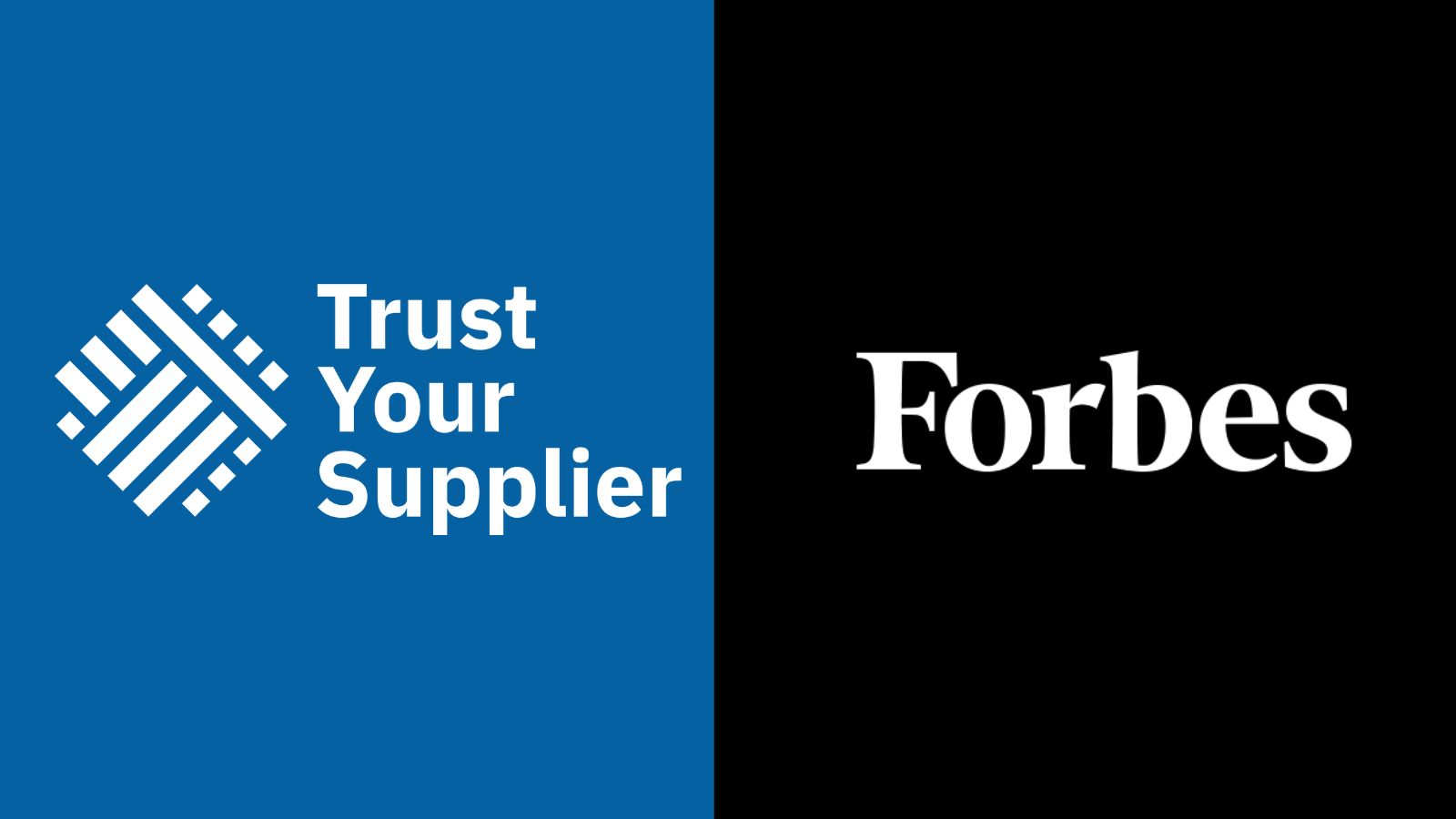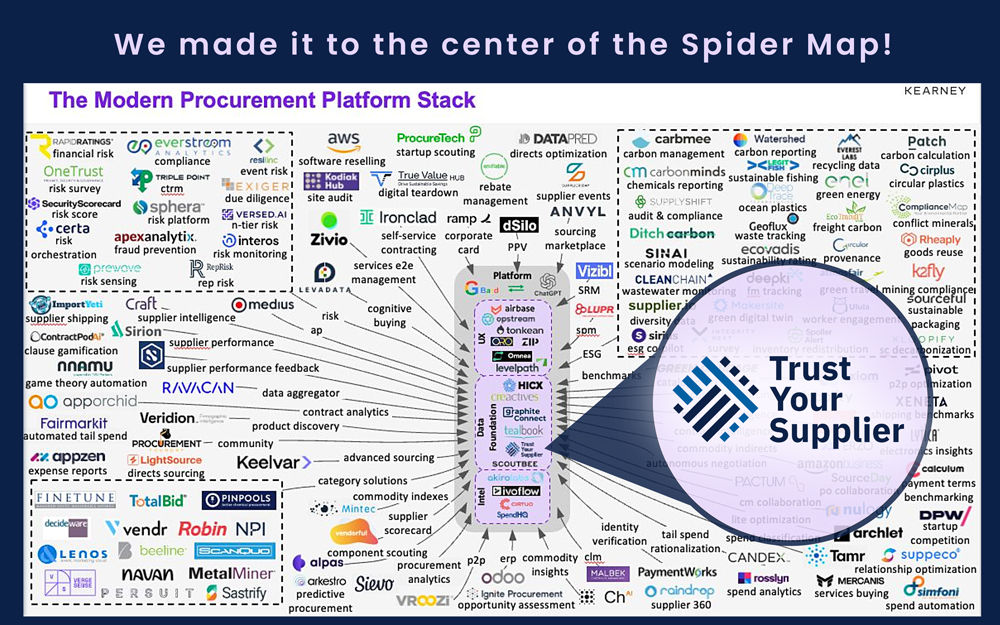Reimagining Supplier Onboarding and Compliance with Blockchain – How Trust Your Supplier (TYS) is revolutionizing the procurement process.
Award winning research journalist Kate Vitasek, has featured Trust Your Supplier (TYS) in a Forbes article chronicling TYS’s journey using blockchain technology to solve supplier onboarding and compliance issues.
Blockchain technology is transforming the way businesses manage supplier onboarding and compliance, and Trust Your Supplier (TYS) is at the forefront of this revolution. TYS is a blockchain-based platform that streamlines the onboarding process by creating a digital identity for suppliers, allowing them to share their information with multiple customers at once. This not only saves time and reduces administrative burden but also improves data quality and security.
The TYS platform was born from a collaboration between IBM and Chainyard, which began in 2018. The partnership quickly moved from idea to innovation, resulting in the creation of the first blockchain-based, decentralized platform designed to manage supplier information. The TYS network has expanded to include companies such as Lenovo, GSK, Nokia, BT, American Express, and Pearson.
The benefits of using the TYS platform are significant for both suppliers and their customers. On average, onboarding times have been reduced by 67%, leading to cost savings of nearly $500 per supplier for purchasing organizations. For suppliers, the ability to be onboarded with additional companies almost instantly allows them to start work after a deal is sold, eliminating the administrative burden of managing the same or similar data across multiple customers.
As the world continues to embrace blockchain technology, the future of digital identity is rapidly approaching. Groundbreaking efforts like TYS signal the dawn of a new era in data ownership, where suppliers will have unprecedented control over their data, leading to enhanced regulatory compliance, security, and data quality. The journey to this data-centric future has begun, and its potential impact is nothing short of transformative.
#SupplierOnboarding #Blockchain #TYS #DigitalTransformation #Procurement #ProcurementCompliance #SanctionsCompliance #RiskandCompliance #ProcurementInnovation #RiskAssessment #RegulatoryCompliance #ProcurementLeadership #CPO #DigitalIdentity #DataOwnership #Forbes #KateVitasek







